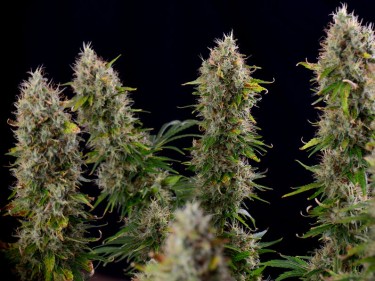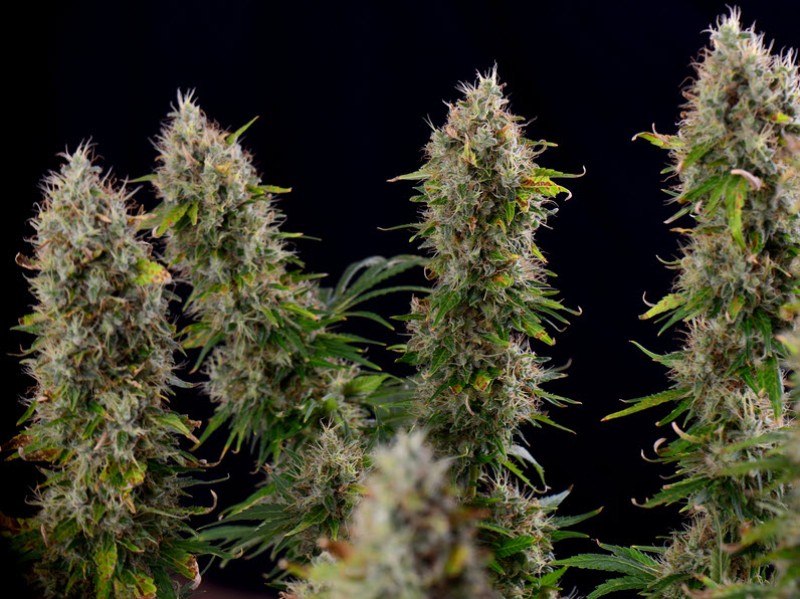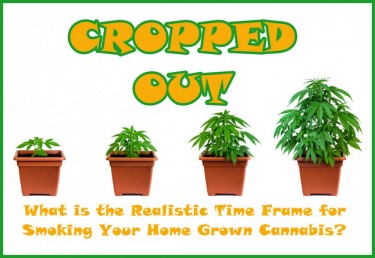
Cannabis production comprises several stages of development and maturation, each requiring a different quantity of light, nutrients, and water. Understanding these stages and their lengths is critical for satisfying the plant's needs at various times of its life cycle. This knowledge drives pruning, training, trellising, and harvesting decisions.
The time required to cultivate a marijuana plant varies, typically spanning 10-32 weeks or approximately 3-8 months from seed to harvest. Using clones or autoflower seeds can expedite the process.
The most significant variability in growth duration occurs during the vegetative stage, occurring between the seedling phase and flowering. Indoor growers can induce flowering within a few weeks for small plants or after several weeks for larger ones.
Outdoor cultivation, influenced by seasonal changes, requires patience until fall when sunlight decreases, initiating flowering and eventual harvest. Nevertheless, outdoor growers can manipulate the flowering cycle using light deprivation techniques.
What are the growth stages of a cannabis plant?
The growth phases of marijuana can be categorized into four main stages, spanning from seed germination to harvest:
1. Germination (3-10 days)
2. Seedling (2-3 weeks)
3. Vegetative (3-16 weeks)
4. Flowering (8-11 weeks)
Cannabis Seed Germination:
- Duration: 3-10 days
- Light Cycle: 18 hours a day indoors; full, direct sun 6 hours a day outdoors
The initial stage of a marijuana plant's life begins with the seed. A viable Cannabis seed should have a hard, dry texture and exhibit a light-to-dark brown color. In contrast, an undeveloped seed is typically soft, green, or white and is unlikely to germinate.
Once germination occurs, indicating the sprouting of the seed, it is ready to be placed in a growing medium, such as soil. The taproot extends downward, while the seedling's stem grows upward. During this phase, two rounded cotyledon leaves emerge from the stem as the plant unfurls from its protective seed casing. These initial leaves play a crucial role in absorbing sunlight for the plant's healthy and stable growth.
As the roots continue to develop, the stem rises, and the distinctive fan leaves make their appearance. At this juncture, the cannabis plant transitions from a germinated seed to a seedling.
Is it possible to accelerate the germination process?
No, it's not advisable. Cannabis seeds are sensitive and prefer a stable environment without frequent disturbances. They thrive in a warm setting with consistent temperatures and minimal water. Once you've planted them in soil, it's recommended to let them be.
Although high-quality seeds typically exhibit excellent germination rates, there might be occasional non-starters. Allowing them the time they need without interference is crucial, as attempting to expedite the process could diminish their chances of survival.
Seedling Stage in Cannabis Plants:
- Duration: 2-3 weeks
- Light Cycle: 18 hours a day indoors; full, direct sun 6 hours a day outdoors
As your marijuana plant progresses to the seedling stage, you'll observe the emergence of the characteristic cannabis fan leaves. Initially, the seedling produces leaves with a single ridged blade. Subsequent growth results in leaves with multiple blades or "fingers" (3, 5, 7, etc.). A mature cannabis plant typically features leaves with 5 to 7 blades, although some may have more.
Seedlings are identified as such until they begin developing leaves with the full complement of blades on new fan leaves. A healthy seedling exhibits a vibrant green color. It's crucial not to overwater the plant during this stage, given its small root system, which requires minimal water for optimal growth.
This vulnerable stage is susceptible to diseases and mould. Maintain a clean environment, monitor moisture levels, and ensure the plant receives ample light. Even for outdoor cultivation, many growers initiate the growth indoors under artificial light to support the delicate early stage of marijuana development.
If acquiring a clone from a grower or breeder, it already exists as a seedling, allowing you to bypass the seed germination phase.
Vegetative Stage in Cannabis Plants:
- Duration: 3-16 weeks
- Light Cycle: 18 hours a day indoors; full, direct sun 6 hours a day outdoors
The vegetative stage of cannabis marks the period when the plant experiences robust growth, typically spanning 3-16 weeks. During this phase, the plant is relocated to a larger pot, fostering the rapid development of roots and foliage. It is also the opportune time to initiate topping or training techniques.
It is crucial to adjust watering practices as the plant matures. In its early stages, the plant requires water near the stalk. As it expands, the roots extend outward, prompting a shift in watering practices to a location farther from the stalk in the soil, promoting efficient water absorption.
Vegetative plants benefit from nutrient-rich soil, particularly a high nitrogen content. During this stage, provide them with a nitrogen-rich feed to support their health.
Cannabis Plant Flowering Stage:
- Duration: 8-11 weeks
- Light Cycle: 12 hours a day indoors; full, direct sun 6 hours a day outdoors
The flowering stage signifies the culmination of a cannabis plant's growth journey. It is during this phase that plants commence the development of resinous buds, manifesting the fruition of your efforts. While most strains undergo flowering in 8-9 weeks, some, particularly certain sativas, may extend beyond this timeframe.
In outdoor settings, flowering occurs naturally as daylight decreases from summer to fall. Indoor growers can induce the flowering cycle by reducing the daily light exposure of marijuana plants from 18 to 12 hours.
The flowering stage comprises three subphases:
1. Flower Initiation (Week 1-3):** The plant continues to grow, and females develop pre-flowers, marked by the emergence of pistils or white hairs—the initial signs of budding.
2. Mid-Flowering (Week 4-5):** The plant ceases its growth, and the buds commence thickening.
3. Late Flowering/Ripening (Week 6 and On):** Trichome density intensifies, and the plants become notably sticky. Monitoring the pistil color provides cues for the optimal harvest time.
Bottom Line
Successfully cultivating cannabis involves a nuanced understanding of its growth stages, each demanding careful attention to light, nutrients, and water. From the initial germination to the final flowering stage, growers must navigate the unique requirements of each phase. Patience is key, especially during the delicate seedling stage, and manipulating growth through techniques like light deprivation can be crucial for outdoor cultivation. By respecting the natural progression of the plant and providing optimal conditions, cultivators can maximize yields and ensure a successful journey from seed to harvest.






